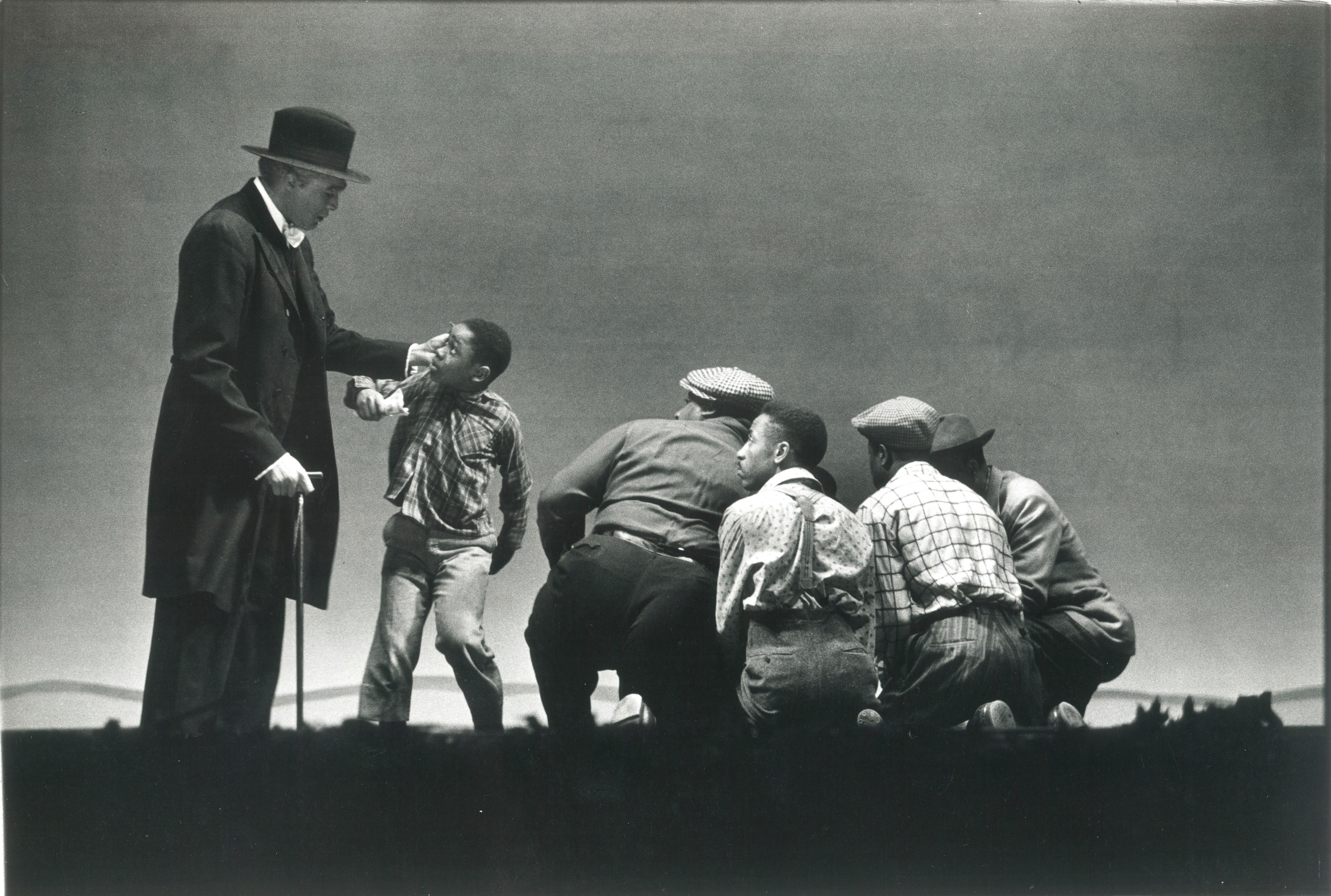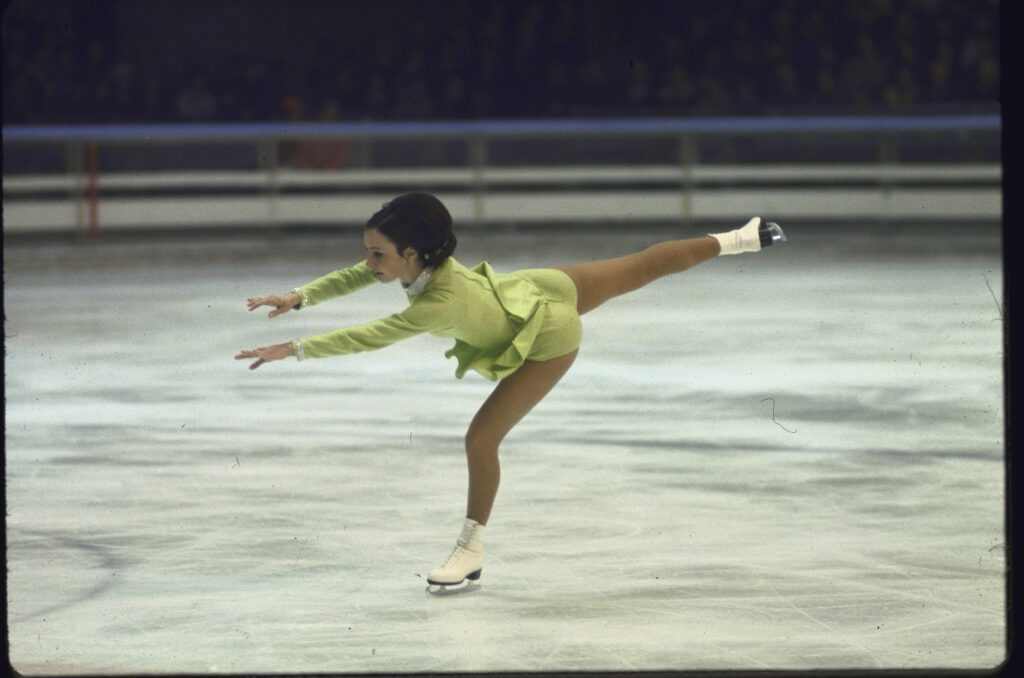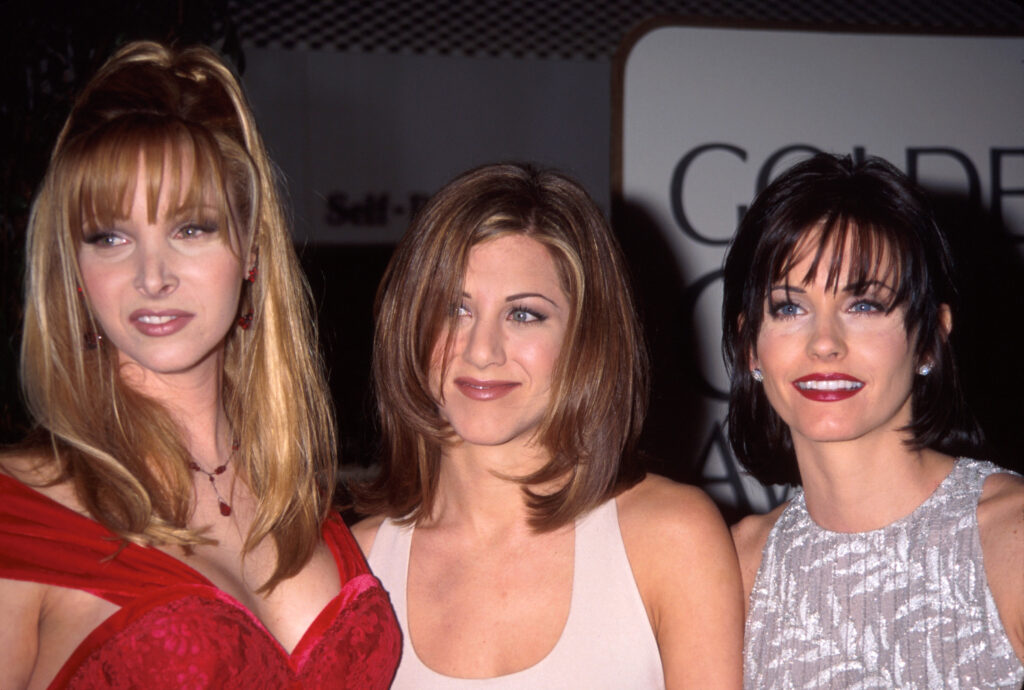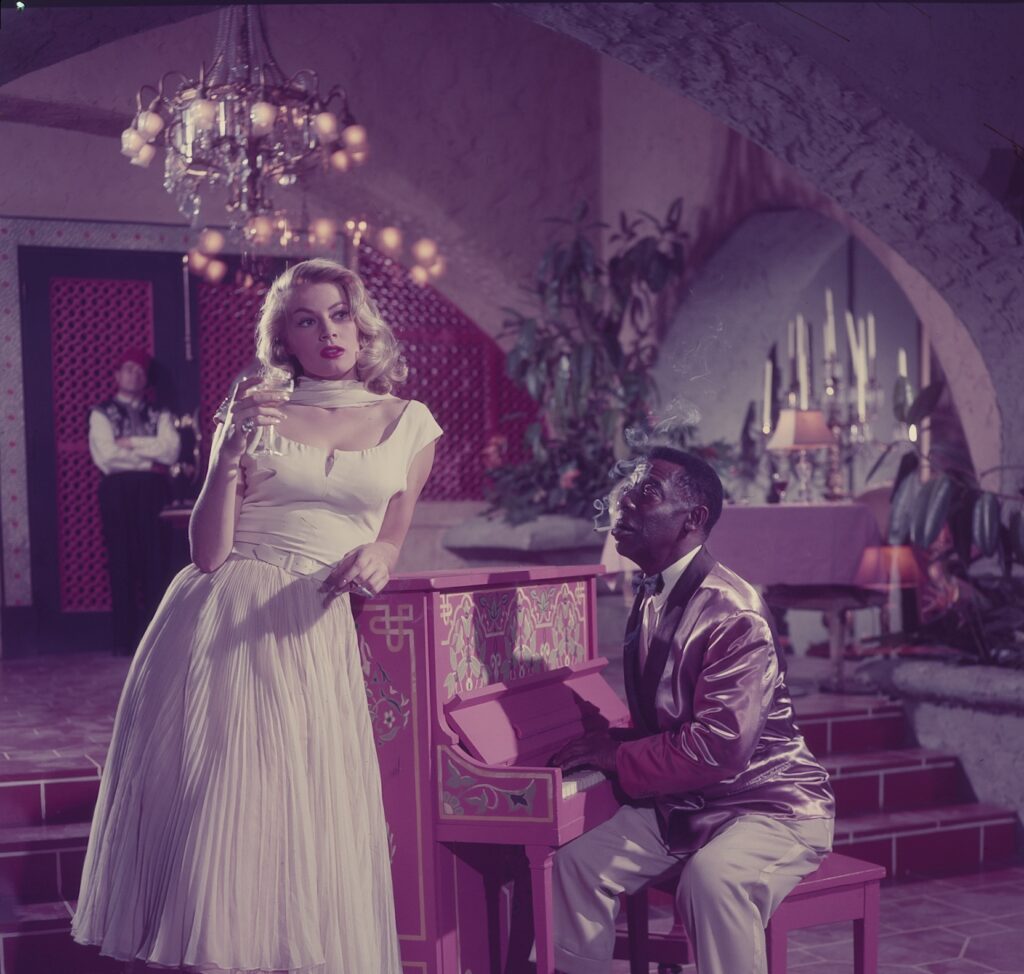There’s a Yiddish proverb which says, “God gives burdens, also shoulders.” For Rabbi Harold Freedman of North Carolina, he found a solution to his particular burden—Jews spread out across the state with no local place of worship—by keeping his shoulder to the wheel. He drove a bus that had been retrofitted as a synagogue, allowing to him to meet his flock in the communities where they lived.
LIFE wrote about the “circuit-riding rabbi” in its Sept. 19, 1955 issue:
In many of the small communities and rural areas of North Carolina, Jewish families have been remote from synagogues and grown remote from their faith. Now the synagogue comes to them in the form of a specially designed bus which is equipped with everything from a lending library of 60 volumes on Judiasm to a battery-powered eternal light.
The rolling synagogue is driven by Rabbi Harold Friedman, who tours a 1,200-mile circuit each fortnight and stops in 10 different communities to lead religious instruction and conduct services for some 300 families.
The photos by George Skadding show that Freedman’s mobile synagogue, though cozy, was well-appointed, and even contained a small ark. Friedman’s work was underwritten by a group called the North Carolina Association of Jewish Men.
And the good news is that the investment in money and miles paid off. The Encyclopedia of Southern Jewish Communities credits Friedman’s traveling services with inspiring the formation of congregations in three of the communities he visited and reviving flagging congregations in three more.

Rabbi Harold Friedman drove a bus on a circuit around North Carolina to bring religious services to far-flung communities, 1955.
George Skadding/Life Picture Collection/Shutterstock

Rabbi Harold Freedman conducted a service in his mobile synagogue that traveled around North Carolina, 1955.
George Skadding/Life Picture Collection/Shutterstock

A young student held the torah as Rabbi Harold Freedman conducted a children’s class in his mobile synagogue that traveled through North Carolina, serving many communities, 1955.
George Skadding/Life Picture Collection/Shutterstock

Rabbi Harold Freedman distributed yarmulkes to be worn in his mobile synagogue that traveled around North Carolina, 1955.
George Skadding/Life Picture Collection/Shutterstock

Rabbi Harold Friedman drove a bus on a circuit around North Carolina to bring religious services to far-flung communities, 1955.
George Skadding/Life Picture Collection/Shutterstock

Rabbi Harold Friedman, posing at the wheel, drove a bus on a circuit around North Carolina to bring religious services to far-flung communities, 1955.
George Skadding/Life Picture Collection/Shutterstock

Rabbi Harold Friedman drove a bus on a circuit around North Carolina to bring religious services to far-flung communities, 1955.
George Skadding/Life Picture Collection/Shutterstock

Children waited to be admitted to the mobile synagogue that traveled around North Carolina, 1955.
George Skadding/Life Picture Collection/Shutterstock

Rabbi Harold Friedman drove a bus on a circuit around North Carolina to bring religious services to far-flung communities, 1955.
George Skadding/Life Picture Collection/Shutterstock

Rabbi Harold Friedman drove a bus on a circuit around North Carolina to bring religious services to far-flung communities, 1955.
George Skadding/Life Picture Collection/Shutterstock

Rabbi Harold Friedman drove a bus on a circuit around North Carolina to bring religious services to far-flung communities, 1955.
George Skadding/Life Picture Collection/Shutterstock

Rabbi Harold Friedman drove a bus on a circuit around North Carolina to bring religious services to far-flung communities, 1955.
George Skadding/Life Picture Collection/Shutterstock

Rabbi Harold Friedman drove a bus on a circuit around North Carolina to bring religious services to far-flung communities, 1955.
George Skadding/Life Picture Collection/Shutterstock






























































































